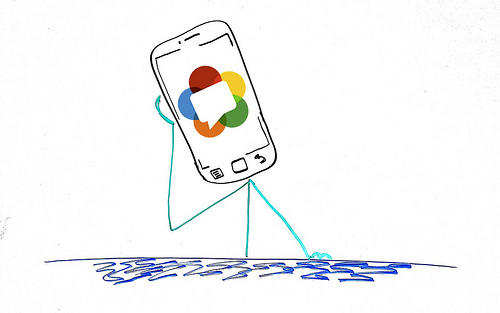I first began to understand WebRTC when I Googled the technology behind appear.in, a video conferencing tool we have grown fond of here at Techcabal.
Appear.in is a simple click-and-talk video conferencing tool that allows users to click (or create) a link to begin a video call. No need for software download or registration. Turns out Appear.in is built on WebRTC.
What is WebRTC?
WebRTC stands for Web Real Time communications. It is an open source project that aims to embed real-time voice, text and video communication capabilities within web browsers.
What this means is that end-users can share voice, text and video content from one browser to the next without the need to use special software – like Skype, Hangout or Facetime – or use the same client or browser plugin.
WebRTC uses JavaScript, API and HTML5 to parse these pieces of information between browsers.
Google started developing WebRTC in 2010 after it acquired On2, a video codec company and Global IP solutions (GIPS), a company that designed media frameworks that made developing VoIP and video calling applications easier.
Google combined technologies from these two companies to create one that processes two-way media transfers in web browsers, added a JavaScript API layer (that allows it integrate into web browsers), and then open-sourced it in 2011 while pushing it as a standard at the IETF and W3C.
WebRTC is still a new technology but it’s catching on fine. In Nigeria, Callbase (designed by the same team that built the Fonenode Telephony API) uses the WebRTC protocol to manage browser-based toll-free call centers for businesses.
As of this writing, WebRTC is integrated fully in Chrome and Mozilla. Internet Explorer and Safari are yet to integrate the protocol. That’s probably for a good reason. WebRTC, if/when standardized and widely adopted, would render Skype (owned by Microsoft) and Facetime (owned by Apple) obsolete. According to a Disruptive Analysis report, 6 billion devices will support WebRTC by the end of 2019.
That’s the simple low down on WebRTC. Check out this tech-heavy article from BlogGeek.com to check the anatomy of WebRTC.
Photo Credit: Tsahi Levent-Levi via Compfight cc





















